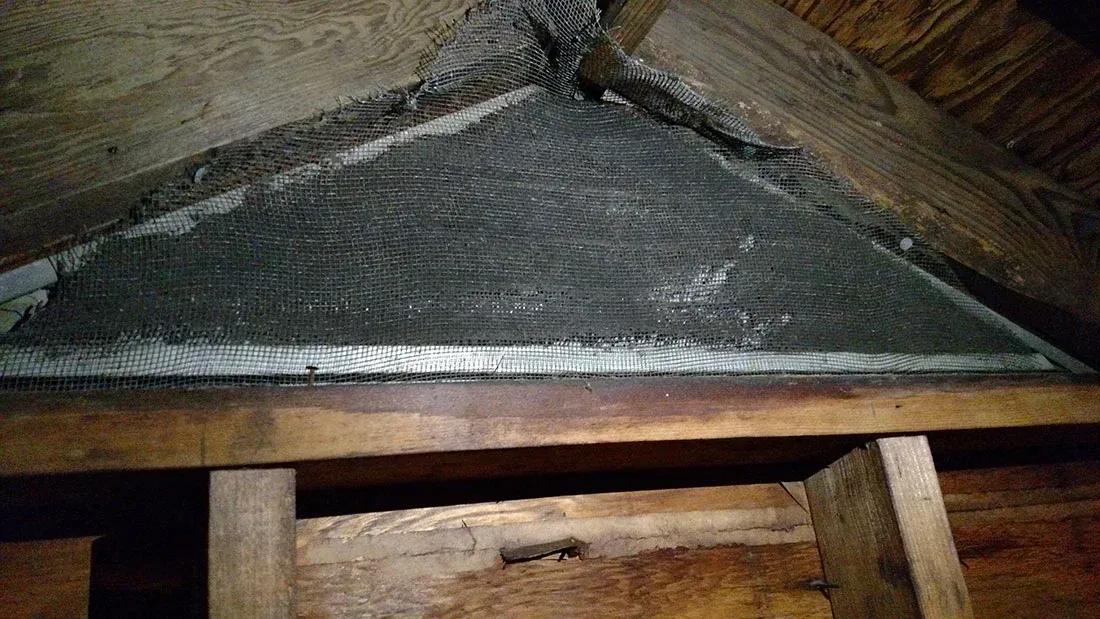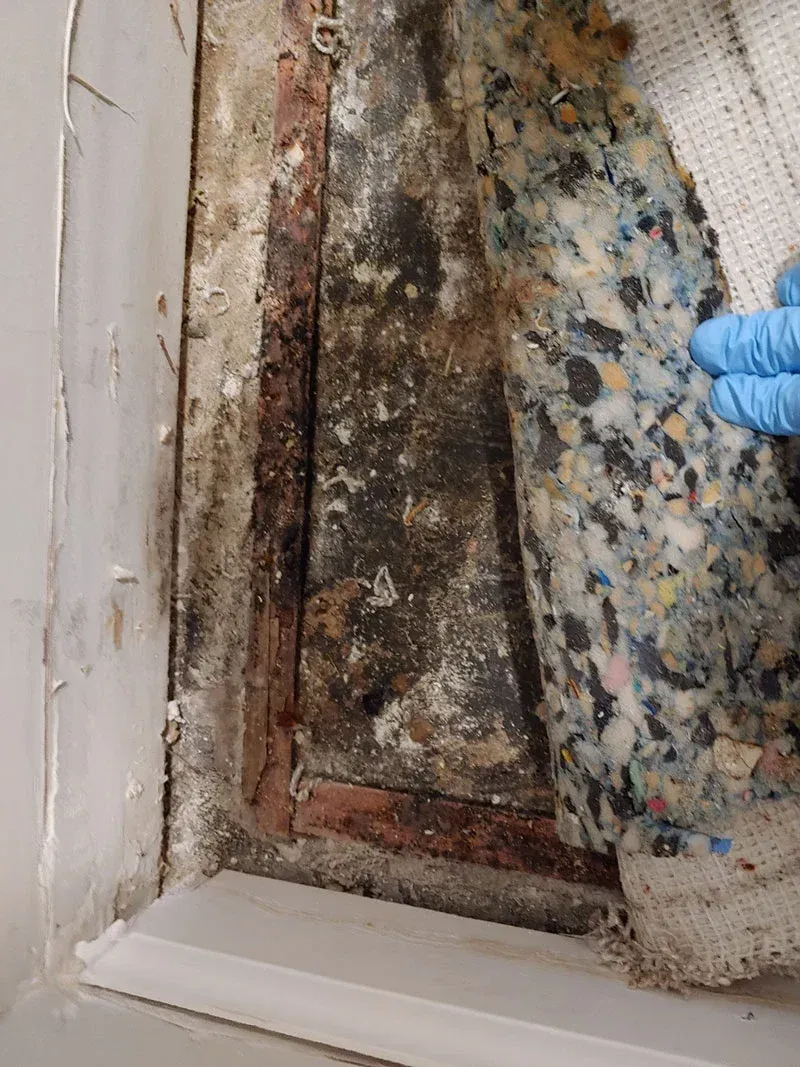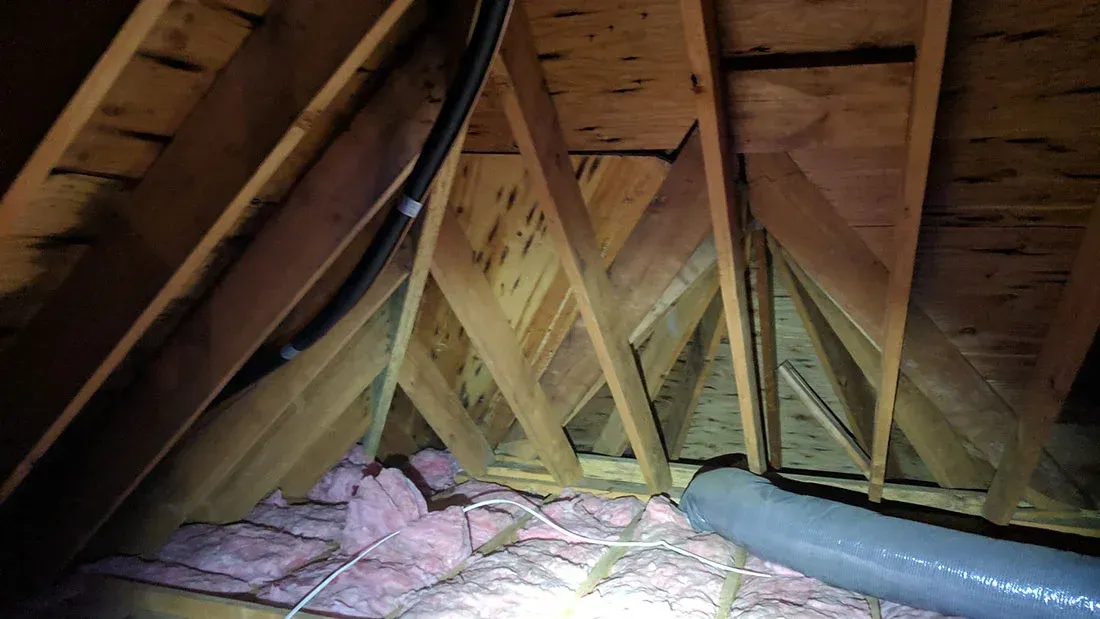Attic Mold Remediation in Sunset Beach, NC: Why Ventilation is Key

If you live in Sunset Beach, NC, you know firsthand how constant humidity and frequent rains can turn your home into a breeding ground for mold—especially in the attic. Attic mold isn't just an unsightly problem; it threatens your house's structure and your loved ones' well-being. The frustration of battling this persistent issue makes attic mold remediation Sunset Beach homeowners' go-to solution, highlighting a common struggle in our coastal community.
But there's a powerful ally in this fight: proper attic ventilation. Adequate ventilation isn't just helpful in our humid climate—it's critical. Understanding why ventilation is the key to preventing mold growth and recognizing the limitations of alternative methods empowers you to protect your home and family. Embracing proper ventilation practices lays the foundation for a healthy, resilient living environment.
Understanding the Problem: Why Mold Thrives in Attics
For many homeowners, attic mold can seem like an inevitable, frustrating issue. In humid regions like Sunset Beach, keeping attics dry becomes an ongoing challenge that impacts not only the health of the home but also the well-being of those who live there. To tackle attic mold effectively, it's essential to understand why mold grows so easily in attics and which conditions are particularly conducive to its spread in coastal environments.
· Climate Conditions in Sunset Beach, NC: Sunset Beach's climate is a significant factor in attic mold growth. Warm, humid summers and mild winters create conditions where moisture lingers in attics, giving mold the time it needs to grow. Unlike colder regions where winter freezes naturally control moisture, Sunset Beach's climate keeps humidity levels high year-round, allowing dampness to build up over time.
o High Humidity: Sunset Beach's coastal, humid subtropical climate elevates moisture levels most of the year, especially during peak summer months. With high humidity as a constant, it becomes essential to have a system that actively reduces attic moisture.
o Limited Natural Drying: While some regions experience cold, dry winters that naturally reduce indoor humidity, Sunset Beach's winter temperatures remain mild. Without this natural freeze-drying effect, homes in this area can experience moisture accumulation in the attic, leading to persistent mold issues.
· Common Sources of Moisture in Attics: Moisture in the attic doesn't only come from outside sources like rain; internal factors can also contribute significantly to the problem. For homeowners in Sunset Beach, addressing attic mold means understanding where this moisture originates and how it can be managed to prevent mold from taking root.
o Roof Leaks: Sunset Beach's frequent rainfall makes roof leaks a common attic moisture source. Small leaks, especially unnoticed ones, can create damp conditions ideal for mold.
o Air Leakage from Interior Spaces: Warm, moist air from the home's interior can rise and settle in the attic through gaps around ducts, hatches, and recessed lighting. When this air hits other surfaces, it condenses, adding more moisture to the attic space.
· Condensation Due to Night Sky Cooling: At night, the roof can cool down significantly, sometimes dropping below the dew point of the surrounding air. This cooling effect condenses the underside of the roof sheathing, contributing to a moist environment ideal for mold growth.
The Argument for Ventilation: Preventing Mold Through Effective Airflow
After understanding the moisture challenges that Sunset Beach's climate brings, the next step is to explore the most effective solution—ventilation. Attic ventilation is essential for controlling moisture levels, as it promotes the airflow needed to dry out damp areas and prevent condensation. Ventilation protects the attic and keeps mold at bay by addressing the causes of moisture buildup.
· Ventilation as the First Line of Defense: Proper ventilation can dramatically reduce the risk of attic mold by promoting a steady flow of air that helps manage humidity levels. In a climate as humid as Sunset Beach, ventilation is often the only way to ensure the attic remains dry throughout the year.
o Condensation Control: Ventilation helps keep attic temperatures closer to outdoor air temperatures, which reduces the cooling effect that causes condensation. This balance in temperature means moisture is less likely to settle on surfaces and lead to mold.
o Encouraging Airflow: With a well-designed ventilation system, air can circulate freely, carrying excess moisture out of the attic before it can build up. Consistent airflow prevents the stagnant, damp conditions that allow mold spores to take hold.
· Advantages of Attic Ventilation in Mold Prevention: Beyond simply preventing mold, a well-ventilated attic offers other benefits that enhance your home's structural health and energy efficiency. By keeping the attic dry and balanced, ventilation becomes a valuable tool for mold control and your home's overall resilience.
o Preserving Structural Integrity: Unchecked moisture can damage wooden structures, insulation, and other attic materials. Over time, this damage can compromise the attic's integrity, leading to costly repairs. Effective ventilation helps protect these components from decay.
o Enhancing Energy Efficiency: Proper ventilation regulates attic temperatures, keeping your home cooler in the summer and reducing the load on your HVAC system. In this way, ventilation indirectly contributes to energy savings while preventing mold.
· Can a Sealed, Unvented Attic Be Effective?: Some experts argue that unvented, sealed attic designs can effectively control moisture by keeping the attic's temperature and humidity in sync with the rest of the home. While this approach has benefits, it may not be the best solution for coastal climates like Sunset Beach, where moisture control is a year-round challenge.
o Trapping Moisture: Sealing the attic may trap moisture rather than allow it to escape in a humid area. Any small amount of moisture that does enter can lead to mold growth without proper airflow.
o Maintenance and Cost Concerns: Sealed attics require meticulous construction to prevent gaps and leaks, and they require ongoing maintenance to remain effective. For many homeowners, the initial cost and upkeep aren't worth the benefits, especially when proper ventilation can achieve similar or better results.
For climates like Sunset Beach, where humidity is constantly high, a well-ventilated attic remains the most reliable approach to mold control. While sealed attics may offer advantages in drier regions, the risk of moisture buildup makes them less practical.
Ventilation as the Cornerstone of Mold Remediation in Sunset Beach, NC
Mold control in humid coastal areas like Sunset Beach is about managing moisture; ventilation is the first and most crucial step. Adequate attic ventilation protects against mold and extends the life of your home's structural elements by promoting airflow, reducing condensation, and allowing moisture to escape. For homeowners looking to safeguard their attics, investing in a robust ventilation system is a practical, long-term solution that directly combats the conditions leading to mold growth.

When the unexpected happens,
you should only trust the best. ®
Mastertech Environmental
of Myrtle Beach South Carolina
Address:
2811 Graham Road, Conway, SC 29526
Phone: 1-843-236-3399
Email: daniel@mastertech-myrtlebeach.com
Services:
Service Areas:
Mastertech Environmental - Duct Cleaning Blog | Sitemap | Crawlspace Mold Remediation


